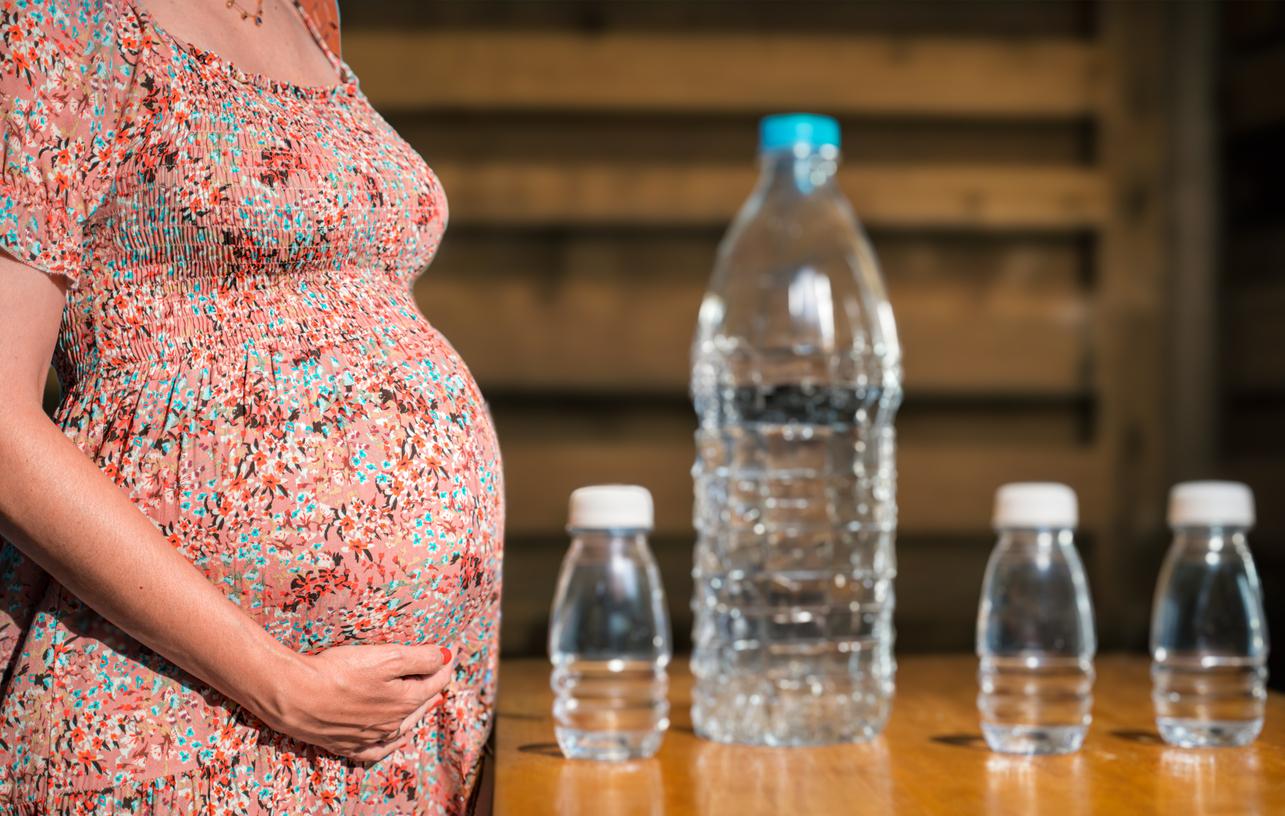A new study revealed on Friday shows that the composition and amount of breast milk varies depending on the sex of infants.

The composition of breast milk differs depending on whether mothers give birth to a boy or a girl, according to an American study. It shows that the quantity of milk produced is also a factor which varies according to the sex of the baby. Little boys have milk that is richer in fat and protein, and therefore more energy, while little girls get larger amounts of milk.
Harvard University biologist Katie Hinde made the revelation during a presentation at the American Association for the Advancement of Science (AAAS) annual conference in Chicago from February 13-17. She admitted that so far there were many hypotheses but no unanimity on why mothers produce different milk depending on the sex of their infant.
Speed up development to allow younger reproduction
One of the explanations could be found in rhesus monkeys. Indeed, the females of this breed of monkey also produce different milk depending on the sex of their offspring. The female thus tends to produce more calcium in her milk intended for female baby monkeys. “This allows mothers to give more milk to their daughters which will accelerate their development to start reproducing at a younger age,” explains the evolutionary biologist. Males do not need to reach sexual maturity as quickly as females, so male baby monkeys are fed less time than their sisters. They therefore spend more time playing and therefore need more energy milk.
Cows also have milk production that varies depending on the sex of the calves: research on 1.49 million cows showed that over two 305-day lactation cycles, they produced an average of 445 kilograms in weight. more milk when they gave birth to females compared to males.
While no definitive explanation could be provided to explain this differential in humans, there are indications that everything is already programmed when the baby is still in its mother’s womb.
.

















